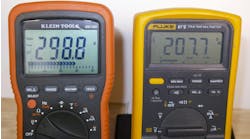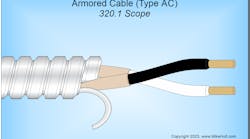When you install a fuse or circuit breaker, you must install it at the point where the conductors receive their supply [240.21]. Because this rule exists, we define a circuit by its breaker [110.22]. But there are exceptions to this, and those are listed in Sec. 240.21(A) through (H). This list takes up nearly three pages, so bears some explanation.
The first thing you need to know is that the conductors supplied under 240.21(A) through (H) cannot supply another conductor. But there’s an exception to that, too!
That exception is those conductors must comply with the requirements of Sec. 240.4. But if you turn to 240.4, you see another (A) through (H). What’s going on, there? Basically, this means you must protect those conductors against overcurrent based on their ampacity, but you may have a special case that matches one of those in (A) through (H). And if so, special rules apply.
Yes, all this cross-referencing can be confusing. A good way to avoid losing track is to get out pen and paper and write these down in a flowchart form or something similar.


